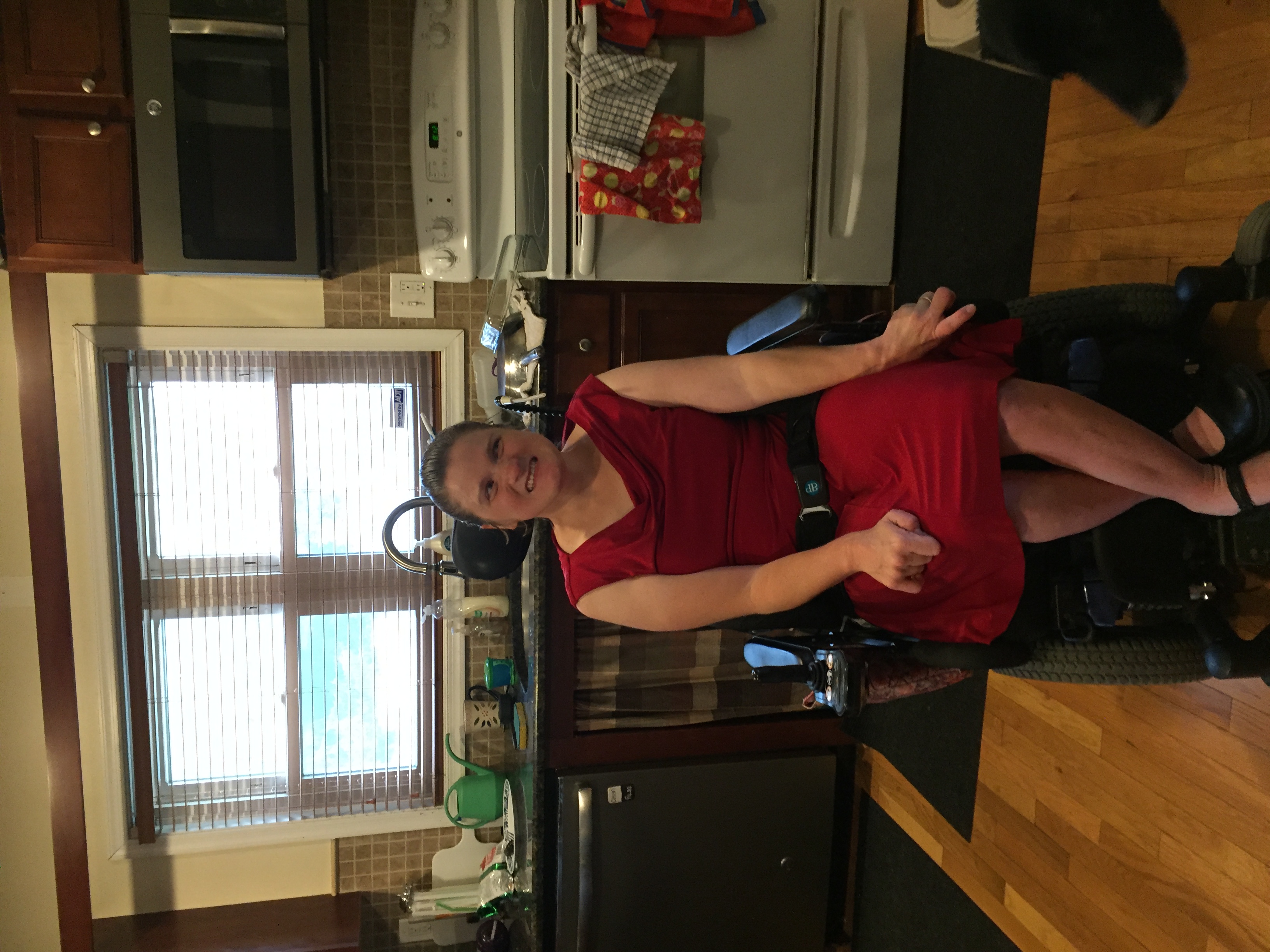Did yo u know that March 25 is National Cerebral Palsy Awareness Day? National Cerebral Palsy Awareness Day originated in 2013 due to a government resolution < https://www.govtrack.us/congress/bills/113/sres89> to celebrate. The nation has come a very long way in accepting cerebral palsy and understanding cerebral palsy, but there is still some work to do. In my lifetime, I have seen some major improvements in the treatment of people who have cerebral palsy, and that is an excellent thing to see.
u know that March 25 is National Cerebral Palsy Awareness Day? National Cerebral Palsy Awareness Day originated in 2013 due to a government resolution < https://www.govtrack.us/congress/bills/113/sres89> to celebrate. The nation has come a very long way in accepting cerebral palsy and understanding cerebral palsy, but there is still some work to do. In my lifetime, I have seen some major improvements in the treatment of people who have cerebral palsy, and that is an excellent thing to see.
I compiled a list of 15 points to consider when you communicate or with someone with cerebral palsy. These are facts and suggestions to make both of your lives just a bit easier. On March 25, don’t forget to wear green to show your support for cerebral palsy. Educate others about the disability as well.
Cerebral palsy is not a sickness or disease. No one can catch or get rid of cerebral palsy. It is a brain injury. The brain injury is usually cause by lack of oxygen to the brain before or after birth.
No two people have cerebral palsy the same way. Limitations vary on brain injury location and the intensity of the injury.
People can walk and still have CP. Not everyone needs to use a wheelchair to be mobile. Some can walk or use canes, walkers or crutches.
Mental challenges and cerebral palsy are two different disabilities. Sometimes people with cerebral palsy also have a mental challenge, but in most cases, they have average to above average IQ.
Some people will also experience vision, hearing and attention difficulties. But again, everyone is different and sometimes a person with cerebral palsy might have excellent hearing, vision and attention.
Having a speech impediment is a common factor in those who have cerebral palsy. A speech impediment means that they might be a little difficult to understand or cannot speak at all. Fortunately, technology and innovations have given people with speech impediments a way to communicate. Just be patient, understanding and listen.
Cerebral palsy affects the way the muscles move and respond. Think of a computer that isn’t working like it should. You hit the right button but sometimes it just doesn’t respond. The person might send a message to the brain, but the muscles do not always get the correct message.
A child with cerebral palsy is still a child. They all need love, guidance, support, play, creativity and rules. They don’t need pity or extra special treatment just because they require some assistance.
Physical, occupational, speech and aquatic therapies are excellent for people with cerebral palsy. They help with strengthening the muscles and train them to be better controlled to what you ask them to do.
Some people who have cerebral palsy can drive cars. Adaptations to vehicles make this possible, but sometimes the muscles spasticity and movements make driving a car until the technology improves.
People who have cerebral palsy usually want to work, but people hiring are often reluctant to hire. But yes, people who have cerebral palsy can have occupations, make money and provide for their families.
Women and men can have children, and women can have normal healthy pregnancies. Cerebral palsy isn’t genetic and doesn’t affect the unborn baby.
The life expectancy of someone who has cerebral is normal.
There isn’t a cure for cerebral palsy, but there are certain medications and surgeries that might ease the stiffness and involuntary movements of muscles.
People who have cerebral palsy are unique individuals with varying interests, gifts, personalities, opinions, relationships and lives. They are like anyone else but have a few more challenges than most.
Originally published by Jessica Grono on CerebralPalsyNewsToday.com
